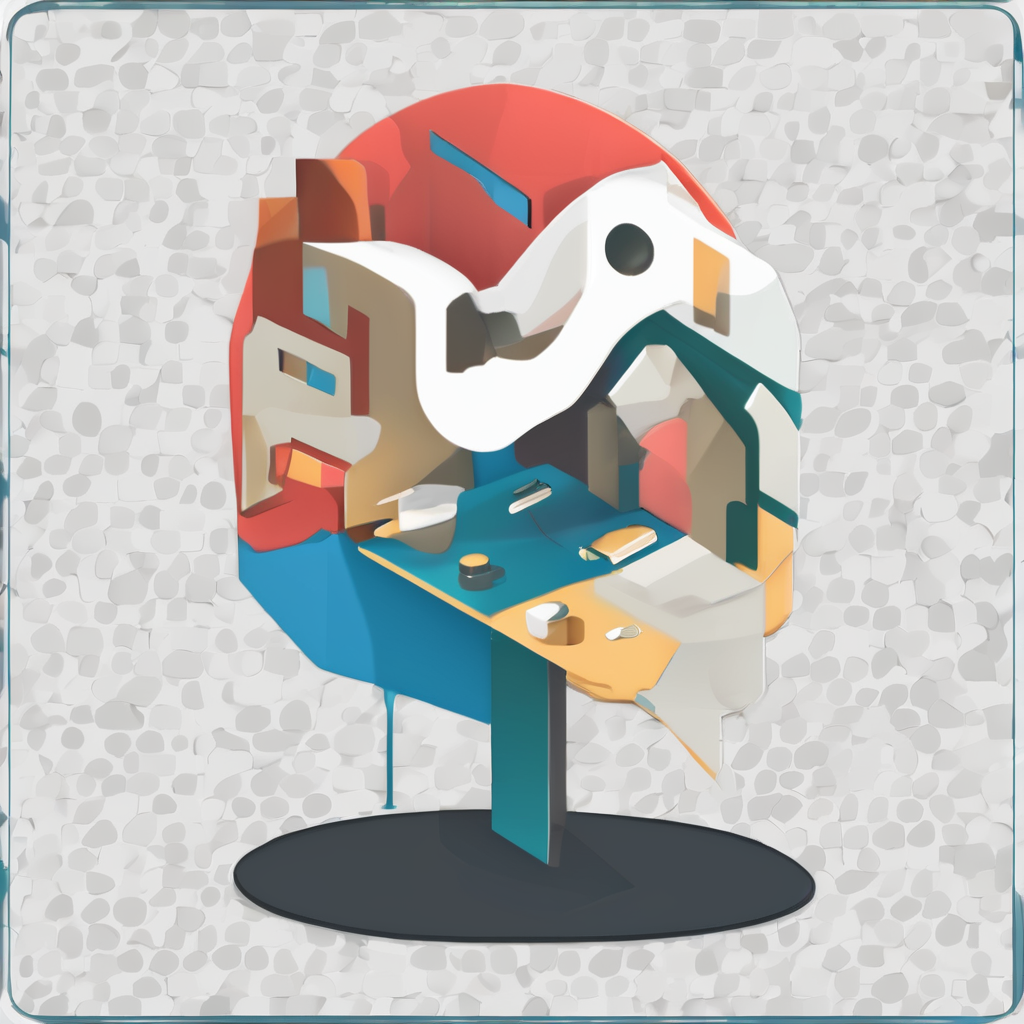How Home Décor Choices Express Individual Personality
Home décor and personality are deeply intertwined, offering a unique lens through which individuals can project their identity. Expressing personal style through design choices allows the home to become a vivid reflection of one’s inner world. Psychological research supports that interior design identity goes beyond aesthetics; it affects mood, confidence, and a sense of belonging.
When choosing elements of home décor, people often select colours, textures, and objects that resonate with their values and interests. For instance, a minimalist layout might communicate clarity and calm, while bold, dynamic patterns suggest creativity and energy. These choices act as visual narratives, allowing homeowners to tell stories about their backgrounds, hobbies, or philosophies without words.
In parallel : How Can You Integrate Smart Technology into Your UK Living Space?
Moreover, lifestyle habits influence décor decisions. A family-oriented person may prioritize comfort and functionality, selecting cozy furniture and versatile spaces, while an art lover might showcase curated collections and statement pieces to highlight their passion. This balance between personal taste and everyday utility creates a space not only beautiful but also genuinely inviting.
Thus, home décor and personality merge, giving each living space an authentic character that is uniquely its own. Recognizing this connection empowers individuals to make intentional design decisions that truly mirror who they are.
Have you seen this : What are effective ways to improve air quality in UK homes?
Selecting Colours, Furniture, and Accessories to Represent Unique Tastes
Choosing colours in home décor plays a crucial role in expressing personal style. Colour psychology reveals that hues evoke specific emotions and moods—blue often inspires calm, while yellow can energise a space. By intentionally choosing colours that resonate with one’s personality, individuals shape an environment that feels authentic. For instance, a person valuing serenity may lean towards soft pastels, while someone embracing vibrancy might prefer bold, saturated tones.
Furniture selection further reflects interior design identity. Opting for sleek, minimalist pieces often aligns with preferences for simplicity and order, whereas ornate or vintage furniture might indicate a passion for history or artistry. Pairing furniture with accessories like cushions, art, or lighting enables layering of texture and pattern, enhancing uniqueness. Mixing these elements thoughtfully highlights individuality without sacrificing harmony.
Textures and patterns serve as subtle accents that enrich a room’s character. Combining smooth surfaces with tactile fabrics or geometric prints with organic motifs can create a dynamic visual story. This interplay not only conveys taste but also invites engagement, making the décor both a personal statement and a welcoming space.
In sum, carefully orchestrating colours, furniture, and accessories offers a powerful toolkit for translating one’s inner world into tangible, expressive interior design.
Practical Strategies for Translating Personal Interests into Home Aesthetics
Effectively showcasing personal interests in décor enhances how a home tells a story. Begin by identifying hobbies or passions—whether it’s travel, music, or literature—that resonate deeply. Incorporate these through themed decorative items or curated collections. For example, a love for nature may translate into botanical prints, wooden accents, or display of travel souvenirs, making your space uniquely yours.
Creative home styling thrives when themes or motifs connect objects harmoniously. Using consistent colours or patterns linked to a passion creates cohesion. If you adore coastal living, combining seashell decorations with ocean-hued textiles offers an immersive experience. Such custom décor ideas personalize each room beyond mere aesthetics.
Balancing practicality with self-expression is essential. While showcasing interests, ensure layouts and furnishings remain functional for everyday life. Consider flexible storage that displays collectibles yet keeps clutter managed. This thoughtful integration of passion and purpose transforms your home into a welcoming, expressive environment.
By intentionally weaving personal interests in décor with creative styling and functionality, homeowners foster spaces bursting with identity. This dynamic approach encourages authentic environments that evolve alongside changing tastes and lifestyles.
Expert Insights and Actionable Tips for Personal Style Integration
Understanding how to seamlessly embed personal style into home décor requires both creativity and insight. Experts often advise beginning with foundational elements like colour and furniture that align genuinely with your character. They suggest avoiding trends that conflict with your interior design identity, as this can dilute authenticity.
One key expert tip is to embrace layering—combine favourite textures, patterns, and meaningful accessories gradually. This method builds depth without overwhelming the space. Interior design advice also highlights the importance of editing: regularly reassess décor elements to ensure they continue to represent evolving tastes rather than accumulating unrelated items.
Common pitfalls include over-cluttering or selecting pieces solely based on aesthetics without considering lifestyle compatibility. A practical approach involves defining priorities, such as comfort or functionality, alongside style preferences, ensuring your home remains welcoming and livable.
To evolve your space, experts recommend thoughtful rotation or updating of accessories, allowing personal expression to grow naturally. Actionable tips for this include swapping cushions, art, or lighting seasonally while retaining core design themes. Implementing these steps helps maintain a dynamic yet cohesive environment.
By heeding expert advice, homeowners can confidently integrate personal style in home décor, crafting spaces that truly embody who they are.







